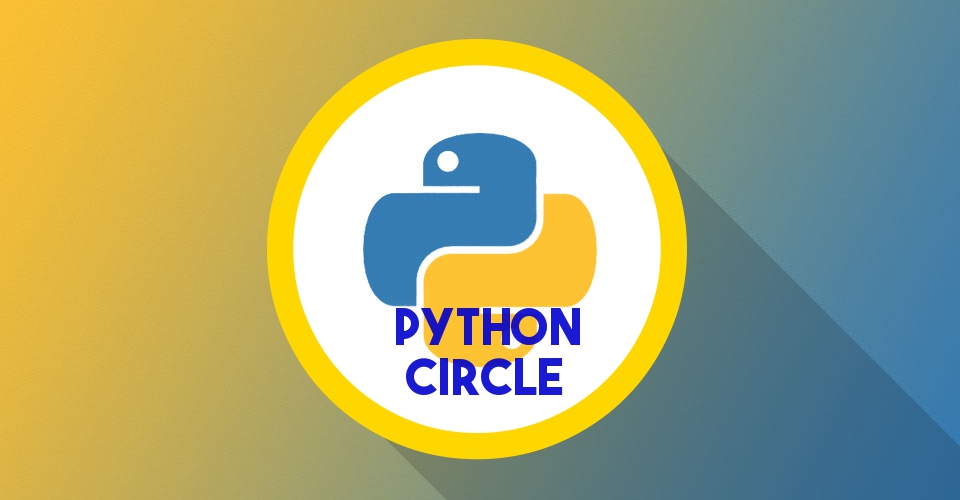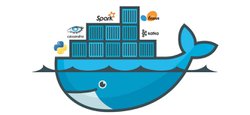
In almost every article, we recommended the use of virtual environment for developing any Python or Django project.
In this article, we will briefly cover the virtual environment in python, installation and usage.
What is a Virtual Environment:
Virtual environment is an isolated python environment which can be created using virtualenv python tool. This virtual environment contains all the packages that a python package would require.Python project running in virtual environment does not use the system wide installed python package.
Installing Virtual Environment:
We can install virtual environment using pip.pip install virtualenv
You can confirm the installation by running below command.
virtualenv --version
rana@Brahma ~$ virtualenv --version 15.1.0
Using virtual environment:
Create a virtual environment:virtualenv project_1_venv
This will create a virtual environment with name project_1_env and install python binaries in this folder. This will use the system's default python' version.
To create virtual environment with specific python version use below command.
virtualenv -p /usr/bin/python2.7 venv2or
virtualenv -p /usr/bin/python3 venv3
To work inside a virtual environment, we need to activate it.
source virtual_env_folder/bin/activate
Navigate inside the virtual environment 'bin' directory and check if new copies of python binaries are present. If python binaries are soft-links to system python binaries, use the --copies flag in above command.
virtualenv -p /usr/bin/python3 --copies venv3
Now you may install python packages inside this isolated environment using pip install command.
Once you are done working with your project, you may deactivate the virtual environment by deactivate command.
Deleting virtual environment:
To delete a virtual environment simply remove the directory.rm -rf virtual_env_directory
Freezing the requirements:
When you deploy your project on any other server like PythonAnyWhere, you need to replicate the virtual environment.You can not simply copy the folder as it will break the things. Also this is not a good idea as the size of the folder will be large.
We will first list all the packages installed in virtual environment and dump in a file.
pip freeze > requirement.txt
Now commit this file along with your code.
On production server, clone the code repository and create a virtual environment. Once virtual environment is activated, install all the dependencies using the pip install command below.
pip install -r requirement.txt
This will create the exact copy of virtual environment you were working on development server.
Pipenv:
Pipenv is a dependency manager for python projects. It is similar to Symfony's composer and node.js's npm.Its a higher lever tool than pip. We recommend to use pipenv for managing your virtual environments.
With pipenv, we need not to manage requirement.txt file separately.
As per pienv readthedocs:
It automatically creates and manages a virtualenv for your projects, as well as adds/removes packages from your Pipfile as you install/uninstall packages. It also generates the ever–important Pipfile.lock, which is used to produce deterministic builds.
Install pipenv using pip.
pip install pipenv
Creating virtual environment using pipenv:
Go to your project directory.
Install python packages using pipenv command.
rana@Brahma: ~$ cd /tmp rana@Brahma: tmp$ mkdir django_project_1 rana@Brahma: tmp$ cd django_project_1/ rana@Brahma: django_project_1$ pipenv install django requests Creating a virtualenv for this project… ?Using base prefix '/usr' New python executable in /home/rana/.local/share/virtualenvs/django_project_1-NloTdiFm/bin/python3 Also creating executable in /home/rana/.local/share/virtualenvs/django_project_1-NloTdiFm/bin/python Installing setuptools, pip, wheel...done. Virtualenv location: /home/rana/.local/share/virtualenvs/django_project_1-NloTdiFm Creating a Pipfile for this project… Installing django… Collecting django Using cached Django-2.0-py3-none-any.whl Collecting pytz (from django) Using cached pytz-2017.3-py2.py3-none-any.whl Installing collected packages: pytz, django Successfully installed django-2.0 pytz-2017.3 Adding django to Pipfile's [packages]… Installing requests… Collecting requests Using cached requests-2.18.4-py2.py3-none-any.whl Collecting chardet<3.1.0,>=3.0.2 (from requests) Using cached chardet-3.0.4-py2.py3-none-any.whl Collecting certifi>=2017.4.17 (from requests) Using cached certifi-2017.11.5-py2.py3-none-any.whl Collecting idna<2.7,>=2.5 (from requests) Using cached idna-2.6-py2.py3-none-any.whl Collecting urllib3<1.23,>=1.21.1 (from requests) Using cached urllib3-1.22-py2.py3-none-any.whl Installing collected packages: chardet, certifi, idna, urllib3, requests Successfully installed certifi-2017.11.5 chardet-3.0.4 idna-2.6 requests-2.18.4 urllib3-1.22 Adding requests to Pipfile's [packages]… PS: You have excellent taste! ?
